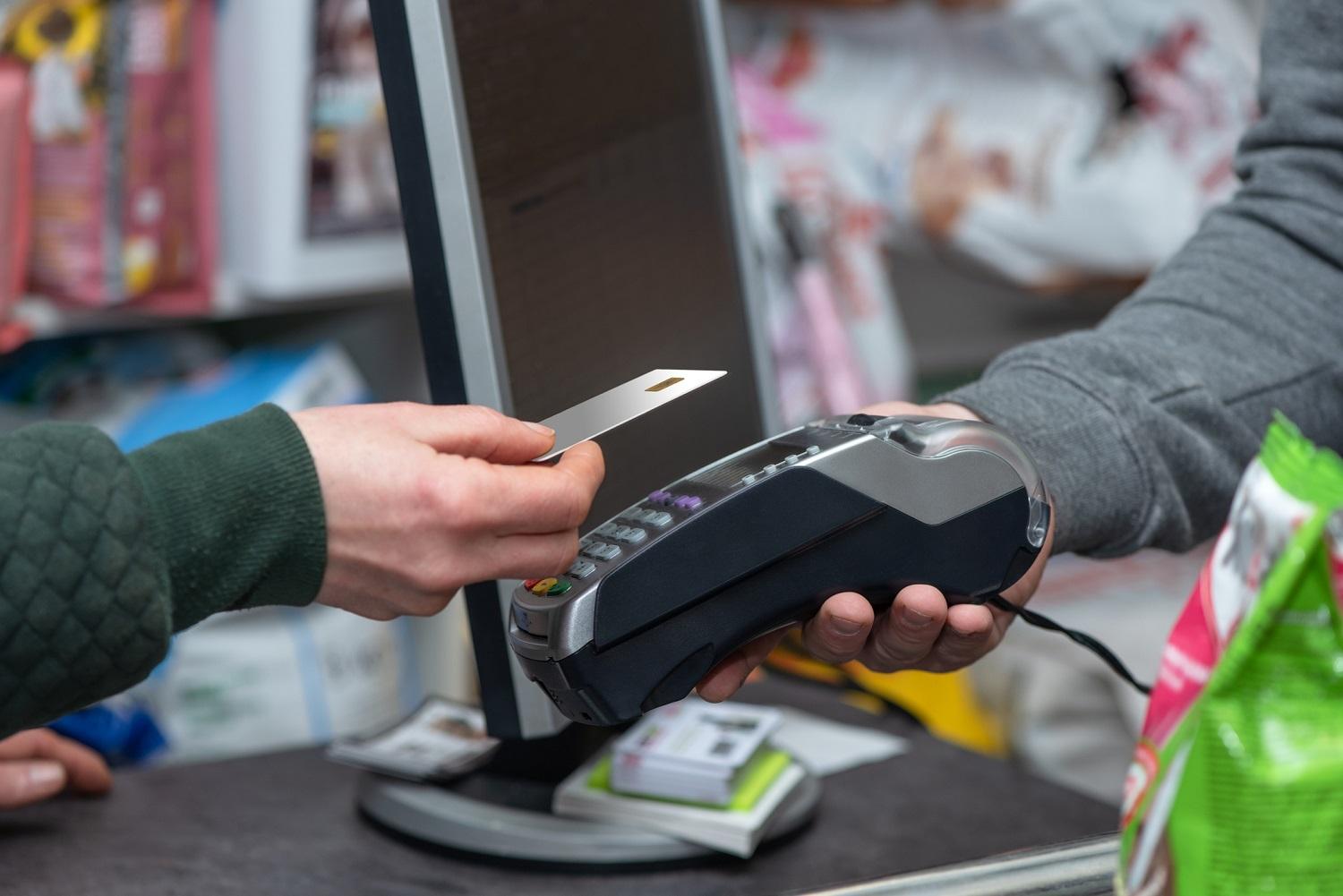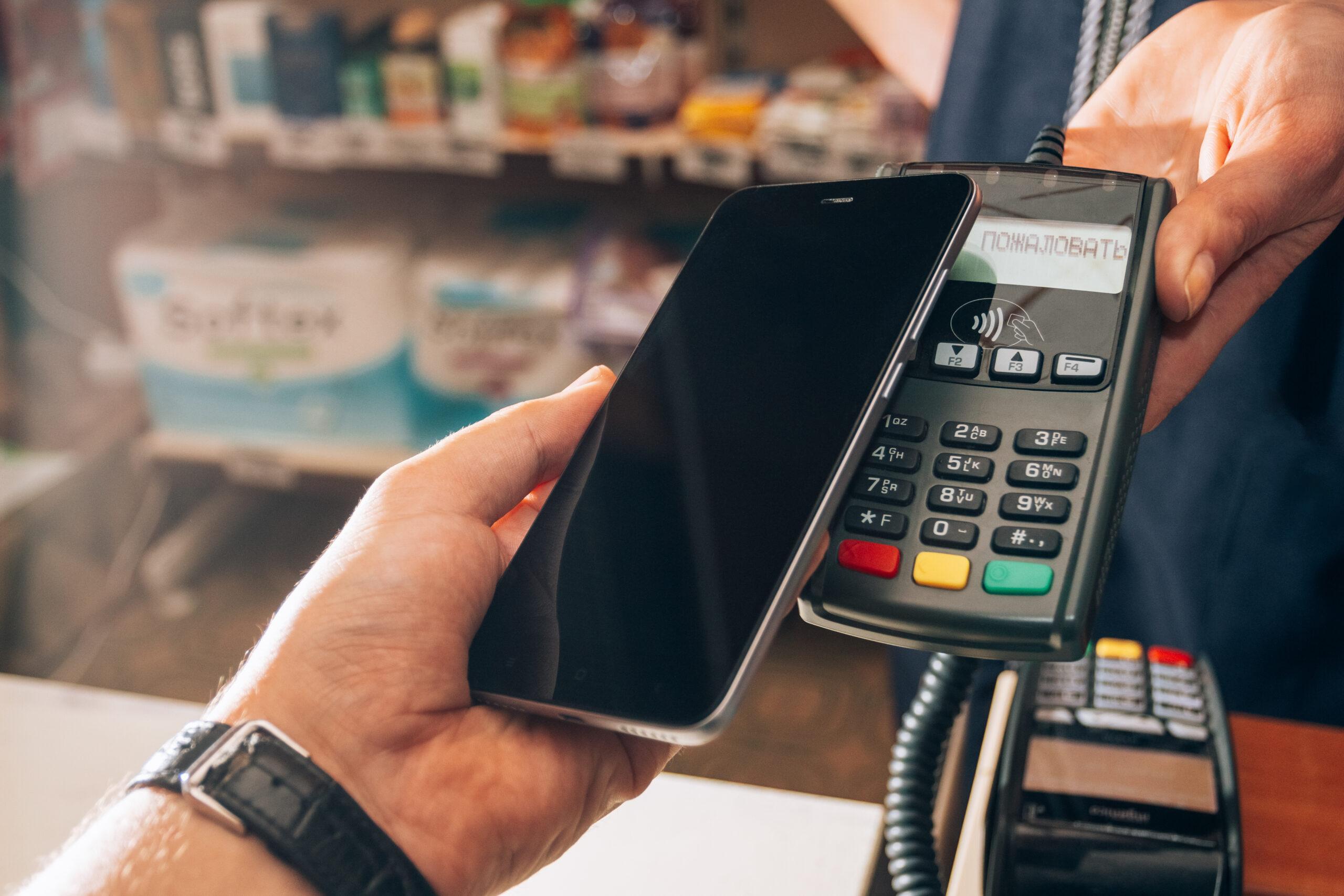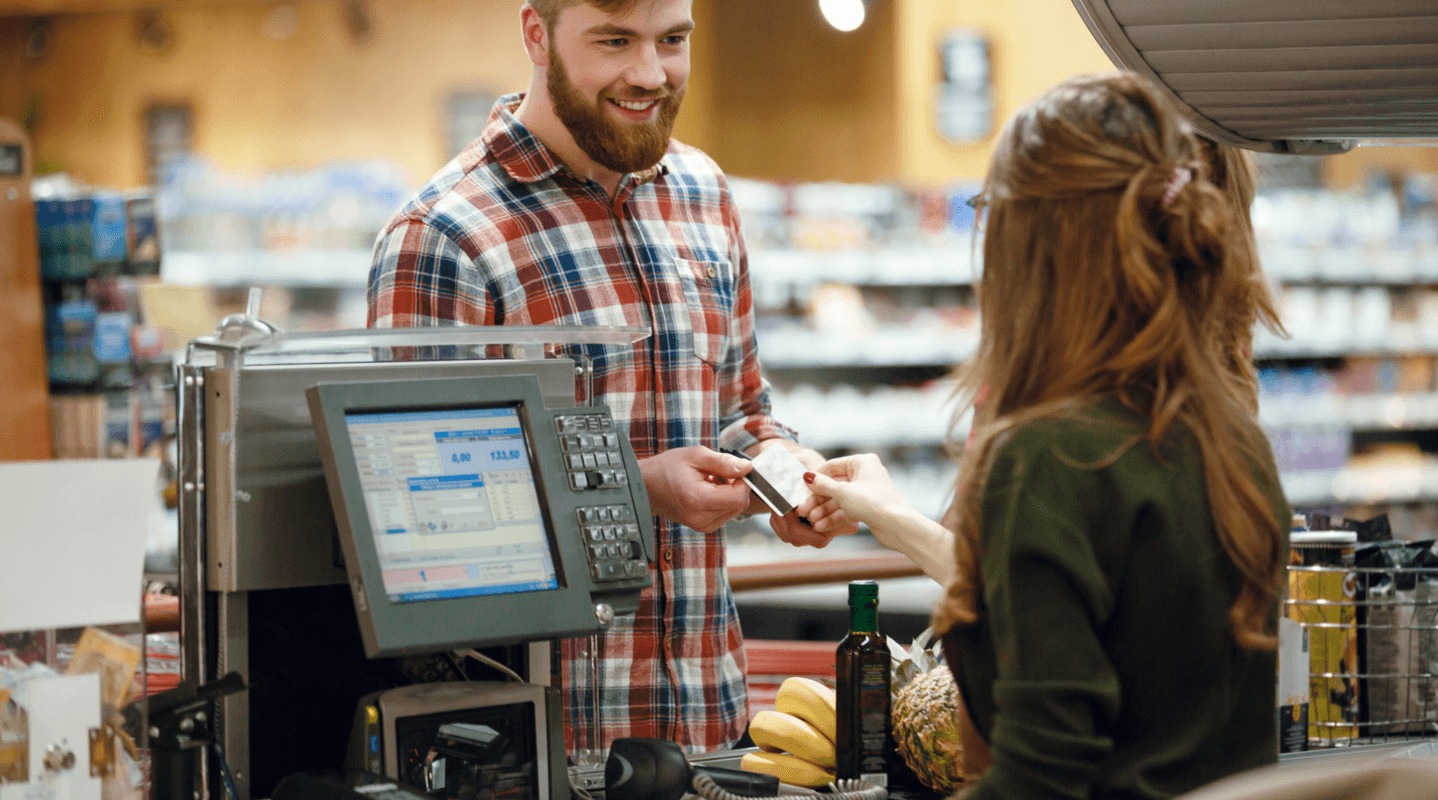MENU
Starting a Business
- Best Small Business Loans
- Best Business Internet Service
- Best Online Payroll Service
- Best Business Phone Systems
Our Top Picks
- OnPay Payroll Review
- ADP Payroll Review
- Ooma Office Review
- RingCentral Review
Our In-Depth Reviews
Finance
- Best Accounting Software
- Best Merchant Services Providers
- Best Credit Card Processors
- Best Mobile Credit Card Processors
Our Top Picks
- Clover Review
- Merchant One Review
- QuickBooks Online Review
- Xero Accounting Review
Our In-Depth Reviews
- Accounting
- Finances
- Financial Solutions
- Funding
Explore More
Human Resources
- Best Human Resources Outsourcing Services
- Best Time and Attendance Software
- Best PEO Services
- Best Business Employee Retirement Plans
Our Top Picks
- Bambee Review
- Rippling HR Software Review
- TriNet Review
- Gusto Payroll Review
Our In-Depth Reviews
- Employees
- HR Solutions
- Hiring
- Managing
Explore More
Marketing and Sales
- Best Text Message Marketing Services
- Best CRM Software
- Best Email Marketing Services
- Best Website Builders
Our Top Picks
- Textedly Review
- Salesforce Review
- EZ Texting Review
- Textline Review
Our In-Depth Reviews
Technology
- Best GPS Fleet Management Software
- Best POS Systems
- Best Employee Monitoring Software
- Best Document Management Software
Our Top Picks
- Verizon Connect Fleet GPS Review
- Zoom Review
- Samsara Review
- Zoho CRM Review
Our In-Depth Reviews
Business Basics
- 4 Simple Steps to Valuing Your Small Business
- How to Write a Business Growth Plan
- 12 Business Skills You Need to Master
- How to Start a One-Person Business
Our Top Picks
Table of Contents
Across all industries, point-of-sale (POS) systems are a commonplace tool that helps businesses to efficiently process transactions and manage their day-to-day operations. POS options for businesses range from simple mobile payment processors to those that can manage large multilocation businesses. POS systems offer features that make running your business easier, plus those like loyalty programs and discounts make POS systems attractive to customers.
What is a POS system?
POS systems facilitate transactions, allowing customers to make a purchase and pay applicable sales tax. A POS is often thought of as an internal store terminal. However, virtual POS systems are often used for online shopping.
Top restaurant POS systems are replacing traditional cash registers quickly because of their convenience and ease of use. POS systems can also be mobile, which allows payment to be made where the customer is, such as at their table in a restaurant. POS tablets for restaurants are becoming popular in the food service industry to facilitate payment processing and inventory management.
Editor’s note: Looking for the right POS system for your business? Fill out the below questionnaire to have our vendor partners contact you about your needs.
Our review of TouchBistro shows more about how restaurants use POS systems.
Types of POS systems
To help you decide which POS system might work best for your company, here is a brief description of each as well as a few suggested businesses for which they are suitable.
1. Mobile POS systems
Smartphone and tablet POS services can process payments and manage some inventory and customer information. In most cases, the app is free in exchange for payment processing. The best payment processors will send you the credit card reader for free. This is a suitable POS option if you do not manage a lot of inventory and you need to be mobile. Most will work with a portable receipt printer or you can email receipts to your customers directly from the app:
- Suggested applications: Street or farmers market vendors, fair or event vendors, freelance or contract workers, contracted professional services, music merchandise vendors, mobile services, day care providers, limo services and lawn care services
2. Tablet POS systems
iPad and Android POS solutions are increasingly popular since they require minimal upfront investment and you can often use a tablet that you already own. Some tablet POS services are “free” with credit card processing; others require a low monthly subscription fee but allow you to choose your own credit card processor. Many support compatible hardware such as barcode readers, cash drawers and tablet stands. Some are rather simple applications; others can manage complex inventory situations and track employee time:
- Suggested applications: Mobile vendors, quick-service restaurants, coffee shops, gift shops, small retail stores, professional services, pizzerias, juice bars, sandwich shops, ice cream parlors, art galleries, small theaters and salons
3. Terminal POS systems
Terminal POS systems are the type you are used to seeing at the counter. While they are hardware- and software-based, most still require access to the internet and might even use cloud-based software. They are often sold as all-in-one solutions that include barcode scanners, cash drawers and such. Many of these services provide 24/7/365 support and cloud backup.
These systems make it easy to restrict employee internet access since they can be configured to run only the POS software. Restaurant solutions can integrate with tableside Wi-Fi portable devices, kitchen printers, patron tablet ordering and online ordering. Retail POS systems can include extensive inventory tools, label printing and e-commerce integration. Some are “free” in exchange for paying for credit card processing:
- Suggested applications: Full-service restaurants, busy retailers, grocery stores, boutiques, antique stores, book or magazine stores, salons, spas and electronic stores
4. Online POS system
With an online POS, you can use your own hardware, which might be a PC or tablet. Another advantage is the minimal startup costs. PC solutions cannot replace the convenience of a touchscreen; however, if your business has low-volume, big-ticket sales, it may prove speedy enough to suit your needs. Low-volume business also makes the use of a standard printer feasible. You can log in to online solutions from anywhere, using any device:
- Suggested applications: Small retailers, art galleries, consignment stores, salons, pet groomers, small cafes and big-ticket retailers
5. Self-service kiosk POS
Most kiosk POS systems are specialized solutions for a specific purpose. For example, you may offer a self-service kiosk for patrons to purchase movie tickets or to manage parking space time and payments. Another helpful option is setting up a few kiosks in your large retail store to let your customers look up pricing and product availability. Other non-POS uses include patient check-ins and human resources (HR), such as accepting employment applications. In some industries, mobile apps might replace some popular uses, such as check-ins and product lookup or even ticket sales:
- Suggested applications: Ticket sales, transportation passes, patient check-ins, grocers, product lookup, HR and parking
6. Multichannel POS systems
If your business sells its products in more than one online or in-person location, you’ll benefit greatly from multichannel POS systems. This type of POS system integrates all your sales across your online store, social media pages and storefronts. As a result, you’re less likely to run out of stock, because your inventory for one sales route isn’t synced with that of your other channels:
- Suggested applications: Brick-and-mortar stores that also sell online, e-commerce companies branching out into physical spaces and online sellers doing in-person pop-ups
7. Open-source POS systems
With open-source POS systems, you can customize your POS software interface to function exactly how you please. You’ll need software engineers to make this happen and since software engineers often charge high rates, open-source POS can be expensive. However, it may be the only option for larger businesses with one-of-a-kind POS needs.
- Suggested applications: Large or enterprise-sized businesses
The biggest change in POS systems over the past few years is the affordable options for small businesses (or even microbusinesses). Small companies no longer need to deplete their startup funds on an expensive POS system. While large operations may still require a sizable upfront investment, there are now more portable and Wi-Fi options available so you can better serve your customers. Once you have defined your needs and set your budget, you can discover the best POS option for your business easily.
Components of a POS system
Software is one of the main components of a POS system. Software always has a front end and a back end. The front end is where transactions are processed. The back end gives you access to analytics, sales figures, inventory and other relevant information.
The other half of a POS system is hardware. A device to process transactions is a necessity. This can be a mobile phone, tablet, touchscreen or PC monitor. Most businesses also use a cash drawer, similar to a cash register. If your priority is POS hardware, check out our review of Clover.
You may also need a barcode scanner. Most businesses use a receipt printer, although email receipts are gaining popularity. Card readers are also essential equipment for your POS system. You’ll need an internet connection too, of course, which often requires a router or modem.
Rare is a POS system that works without a hardware add-on, such as a card reader or barcode scanner.
What are the advantages of a POS system?
A POS system offers numerous benefits for businesses, enabling them to streamline their budgeting, effectively manage stock levels and boost revenue. These benefits include:
- Eliminates price tags: One of the advantages of a POS system is that it makes price tags unnecessary. Rather, employees scan the barcode, making it much easier to change prices and apply discounts — leading to a more streamlined customer experience and ease for employees.
- Improves business operations: A POS system offers valuable insights for informed decision-making on business operations and improves the customer experience using data from sources, such as detailed sales reports, employee management tools and inventory tracking.
- Provides elevated customer service: Implementing a POS system enables your employees to offer faster service to customers, improving their experience and providing service that puts your business ahead of competitors. It also reduces redundant tasks, freeing up employees’ time to focus on higher-priority tasks.
- Creates loyalty programs with ease: POS systems facilitate the development of loyalty programs, helping businesses capture customer data to provide them with a more personalized and tailored experience.
Loyalty programs are a great incentive for customers to return to your business instead of a competitor, as they foster positive relationships and provide customers with valuable discounts and rewards.
The best POS systems
Businesses can benefit from employing any of these best POS systems, which boast standout features ranging from expansive catalogs to bill-splitting technology:
- Lightspeed: For quick payment processing using either internal or third-party processors, Lightspeed provides the best all-in-one option for businesses. Lightspeed integrates with more than 250 apps and offers a catalog spanning more than 8 million items.
- Shopify: As a scalable option for businesses, Shopify’s easy-to-use platform is compatible with both Android and iOS and offers standout options at affordable price points, including over 1,200 app integrations and the ability to sell via social media. Plus, you can access all of your sales channels directly through the Shopify App Store.
- Cake: Businesses needing a POS system focused on efficiency will love Cake, which offers a seamless, cloud-based system that businesses can learn in less than an hour. Among its many features, Cake’s POS system provides offline capabilities, should your business lose internet connection and offers a convenient bill-splitting tool. Read more about Cake here.
- Toast: A versatile POS system suited for restaurants, Toast offers helpful online ordering capabilities, including features like order scheduling, curbside pickup and an on-demand delivery driver fleet. Plus, Toast’s partnership with Google enables direct ordering from the search engine and the Toast Order & Pay add-on allows dine-in guests to order and pay via their phones. Discover more about Toast’s offerings here.
Unlike many POS systems, Toast offers commission-free online ordering, allowing businesses to save money on orders, thereby reducing costs for customers and increasing their profit margins.








